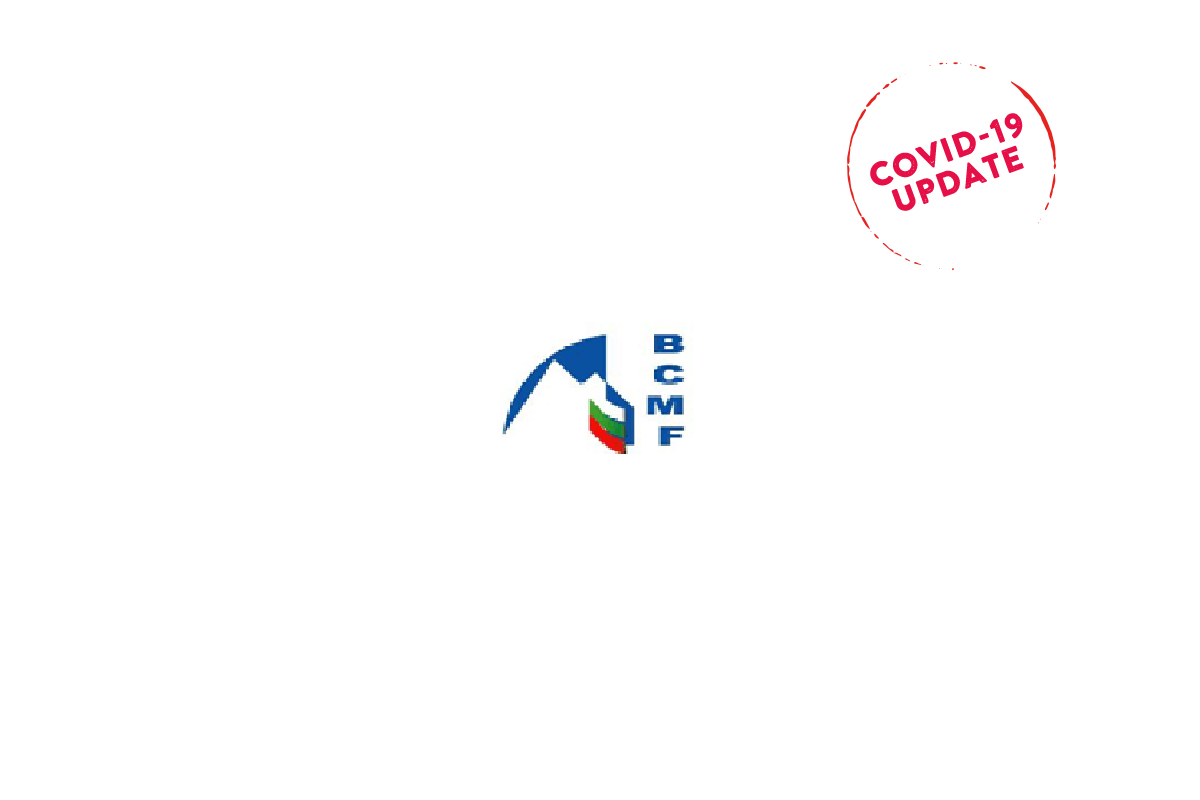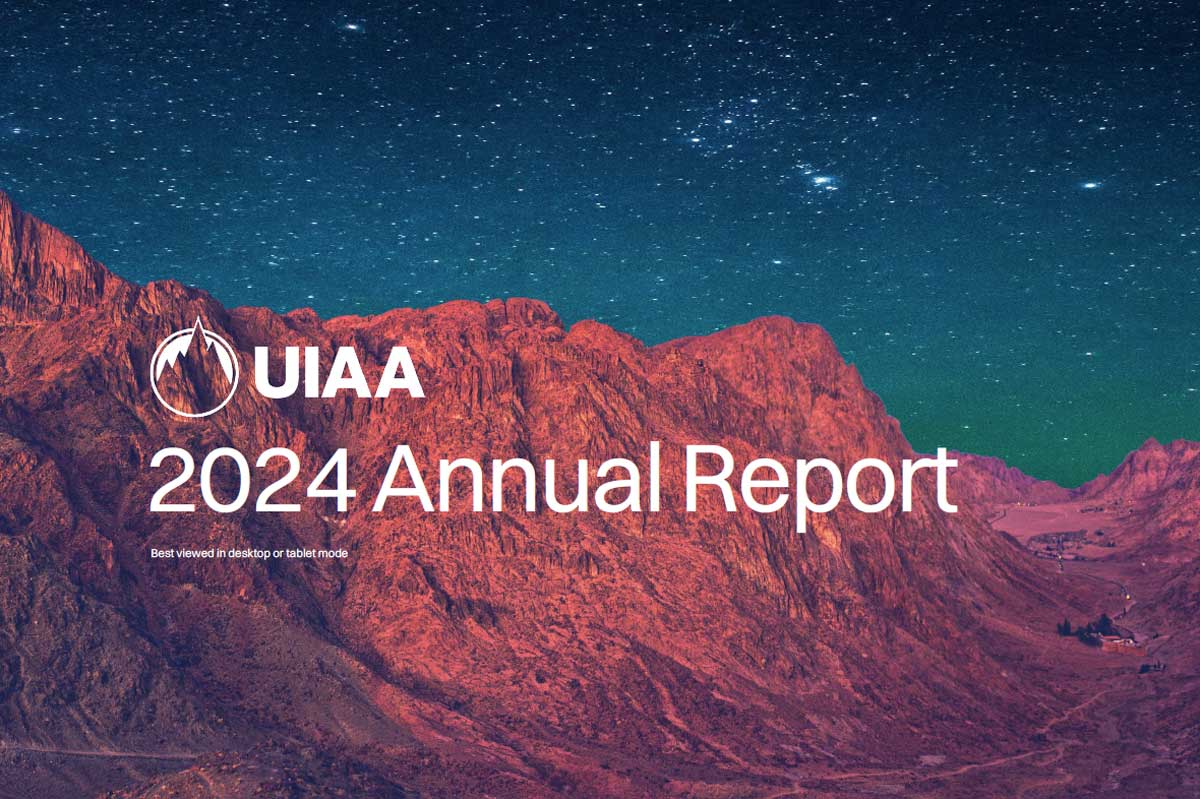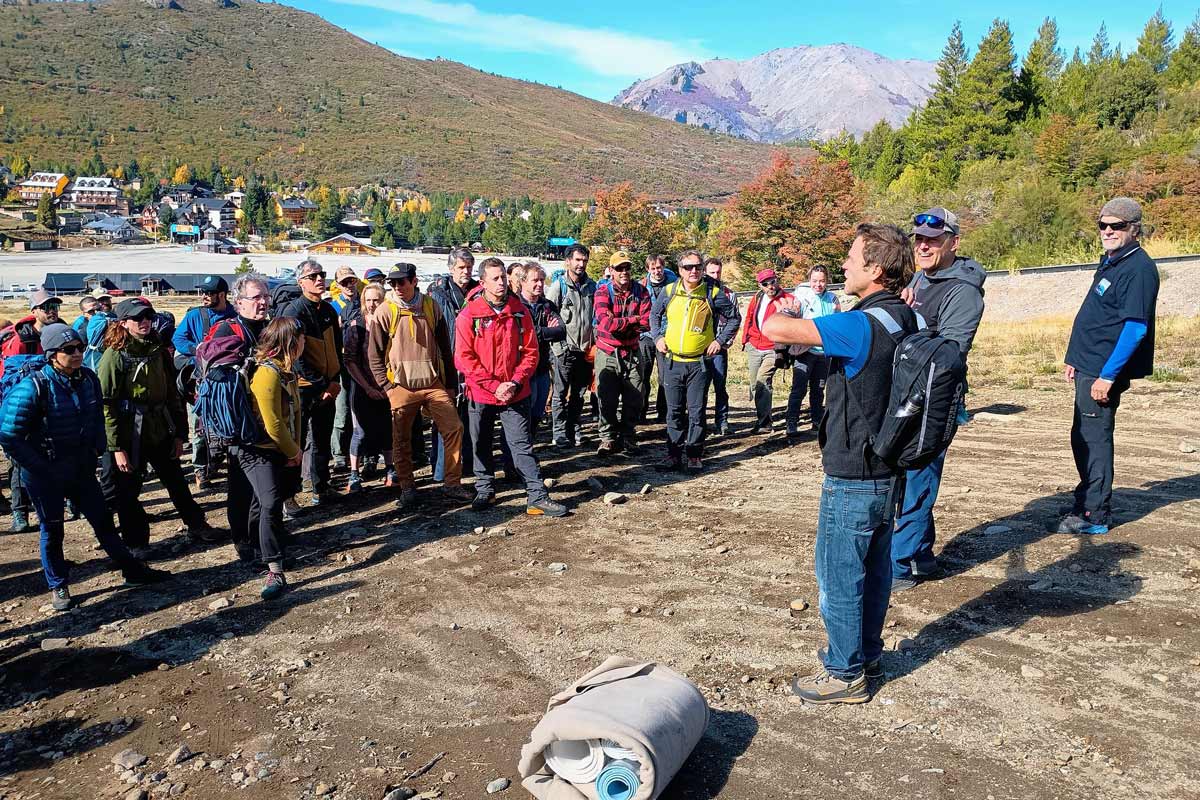The following update was published by the Bulgarian Climbing and Mountaineering Federation on 14 March.
The original in Bulgarian can be found here.
In connection with an order of the Minister of Health dated 13.03.2020, all events in the calendar of BFA planned to be held until March 29 are cancelled: All kinds of mass events, including sports, cultural and entertaining and scientific events (cinemas, theaters, concerts, museums, conferences, symposia, sports and SPA centers, gyms, etc.) shall be discontinued.
The entire order can be viewed on the website of the Ministry of Health. New competition dates will be announced in a timely manner, keep an eye on the site for information.
With regard to the measures against the spread of the coronavirus, the upcoming official international competitions have been cancelled – the European Alpine Skiing Championships, there will be no competitions in sport climbing until the end of March, April and May; later in the year.



